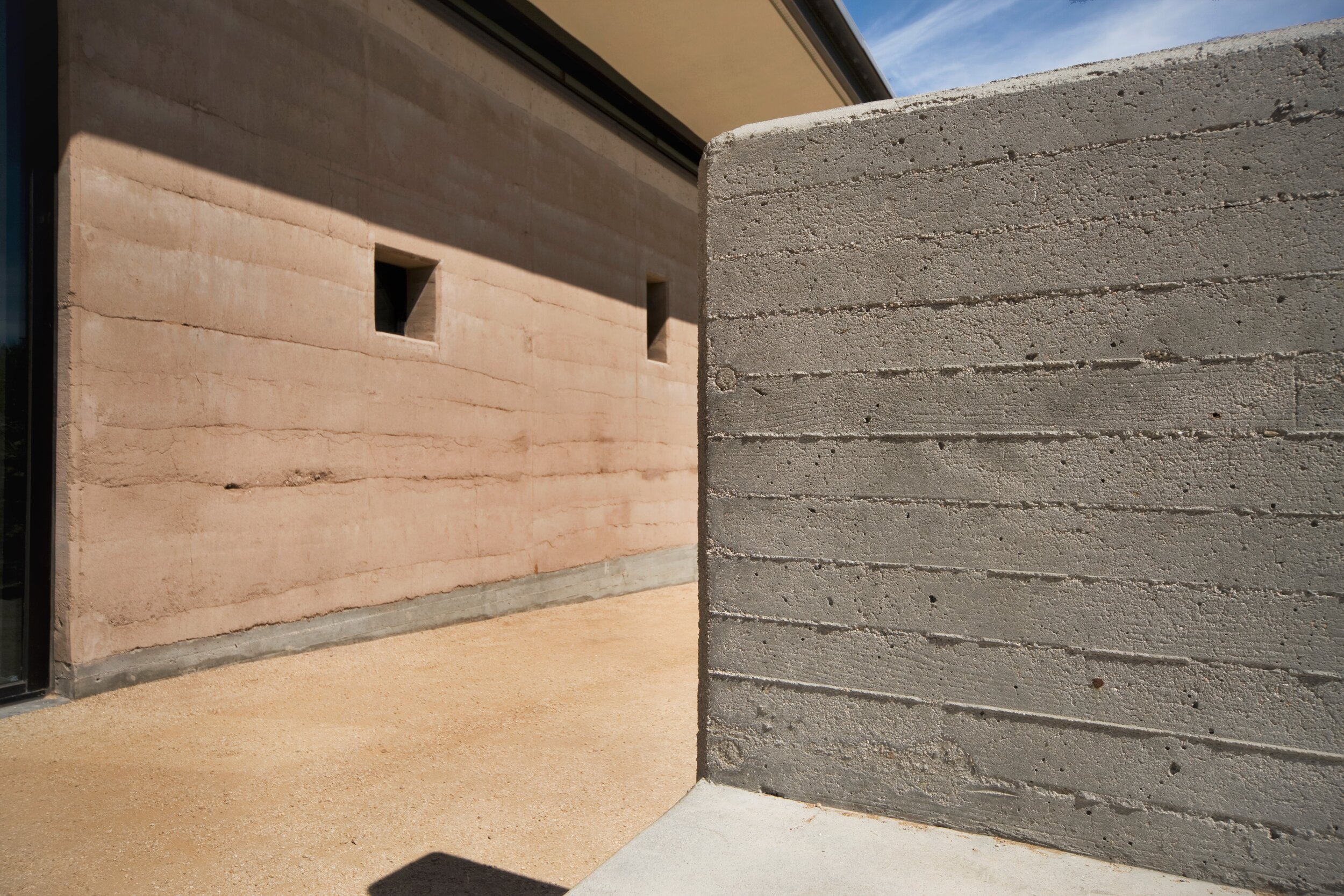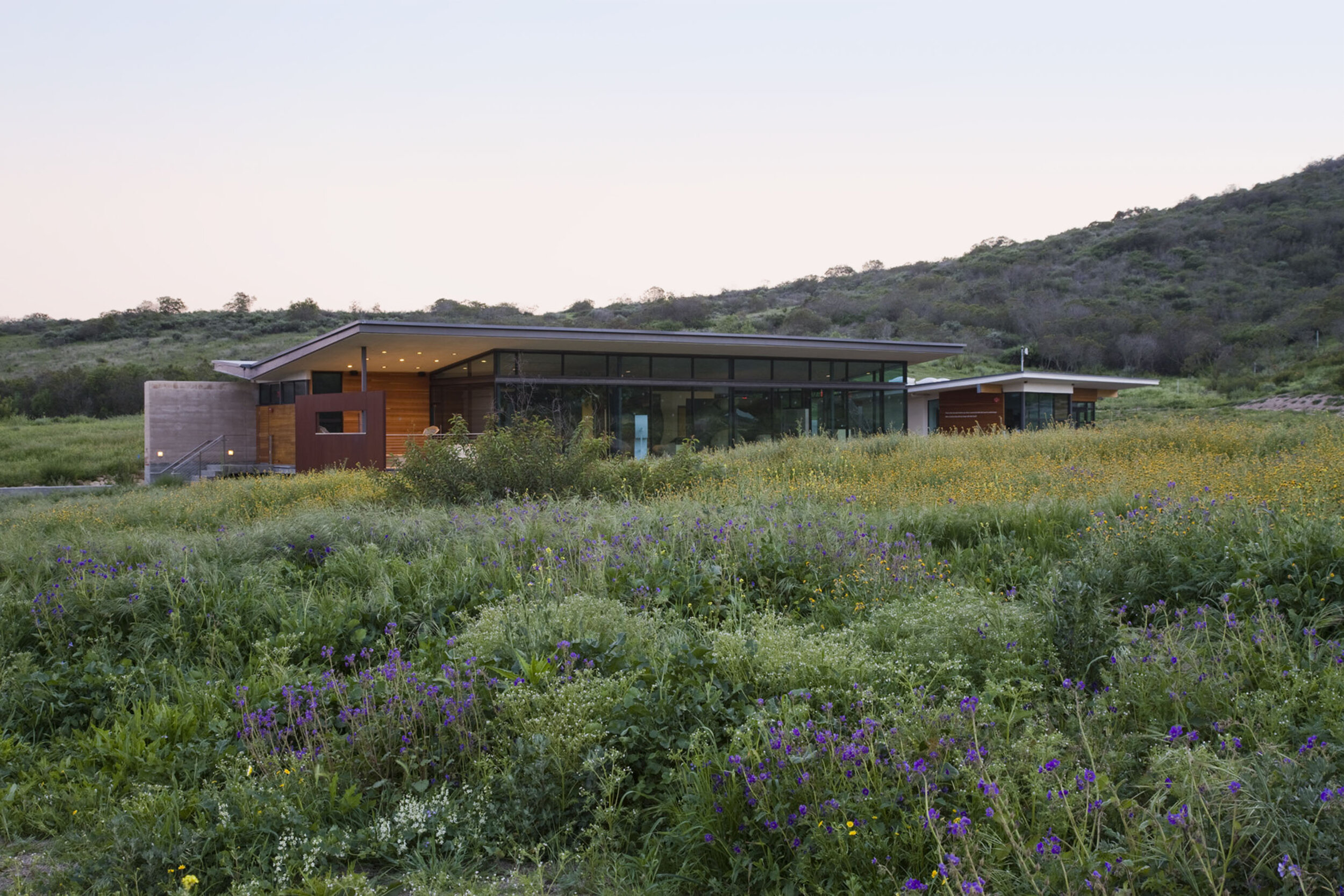
2030 Sustainability Plan
Roesling Nakamura Terada Architects, Inc. is proud to be a signatory of the AIA 2030 Commitment.
As a 2030 signatory, RNT is “committed to designing for energy efficiency and carbon neutrality by 2030.”
According to the American Institute of Architects, “The mission of the AIA 2030 Commitment is to support the 2030 Challenge
and transform the practice of architecture in a way that is holistic, firm-wide, project-based, and data-driven.
By prioritizing energy performance, participating firms can more easily work toward carbon-neutral buildings,
developments, and major renovations by 2030.”
Search the list to see participating firms, including RNT Architects.
Nix Nature Center
Important Questions
Introduction
Nature is the ultimate innovator. Many generations of iterative natural improvements have shaped the marvelously complex and resilient ecosystems on Earth today. While humankind has advanced our quality of life through rapid improvements in technology, we now recognize that this advancement can come at significant social and environmental costs. We, therefore, challenge ourselves as architects to shift to a holistic design philosophy inspired by nature and to contribute to the built environment in ways that help communities, ecosystems, families, businesses, and individuals to thrive.
RNT is committed to continuous improvement in all areas of our practice. Our design process is rooted in a spirit of inquiry, and the sustainability plan that follows contains timeless questions that guide us. We expect the answers to be specific to every project; each design must be a natural outgrowth of its site, context, local practices, and available resources so that it is easily supported over its life-cycle by its community. Each project will be informed by previous efforts as we continue to learn and grow. In the same way, our function as a firm must flow from the firm’s community context, available resources, and innovation based on previous experience.
We hope that this plan is a source of inspiration and guidance for us, our clients, and our collaborators as we embrace the opportunity that each project holds to create abundance.
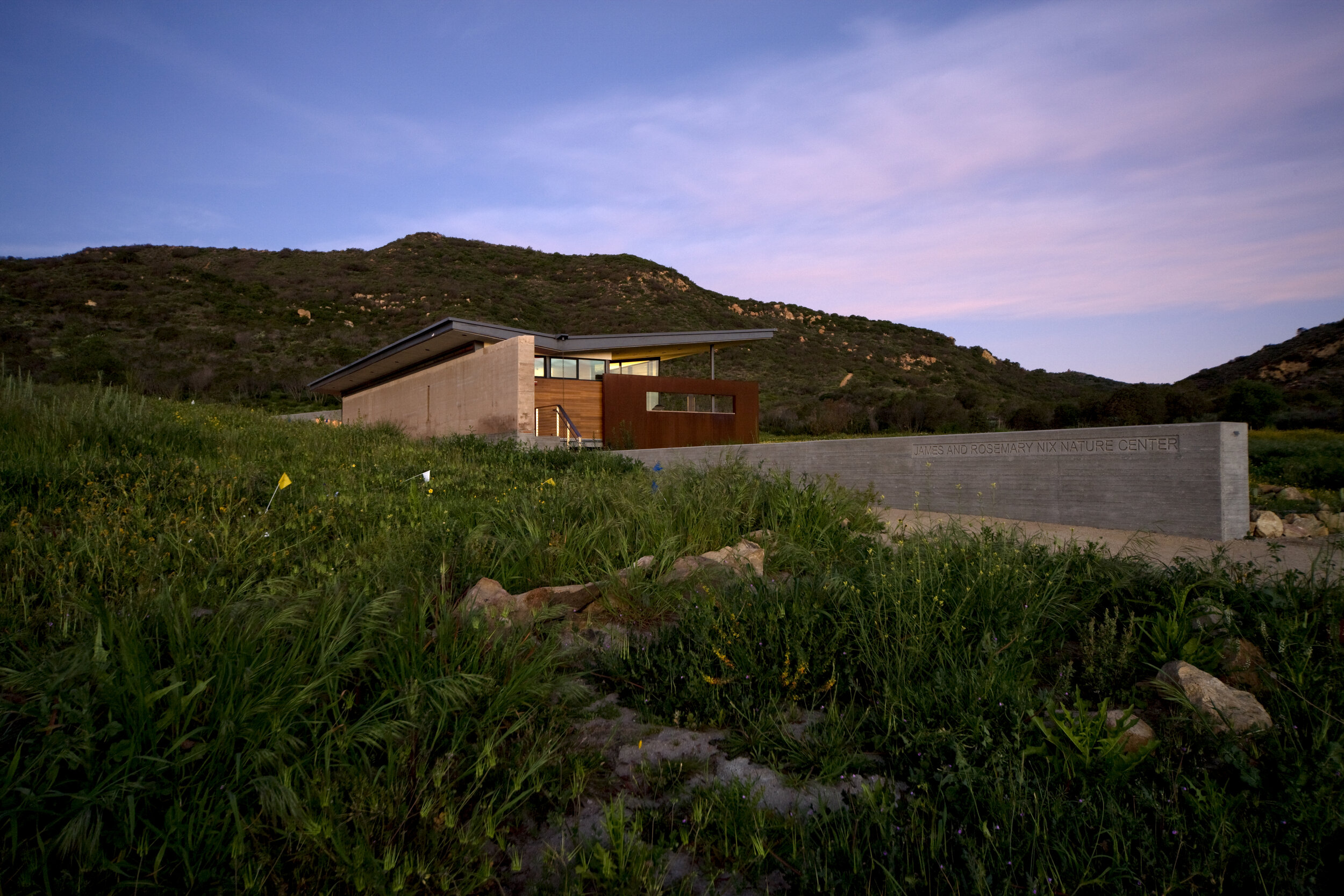
Nix Nature Center
History and Philosophy
Sustainability in Practice at RNT
Bardsley Residence
Borrego Springs Library - Net Zero Energy, LEED Gold
Sage Creek High School - CHPS Certified
Sustainability has been one of RNT’s core values since the firm’s establishment in 1980. Long before sustainability was a buzzword in the profession of architecture, the firm was designing projects that acknowledged the interdependence of the project with the client, the community, and the rhythms of nature. Our Bowles Residence, completed in 1985, was off the grid with passive ventilation, a wind turbine power source, and photovoltaic panels. In the introduction to Roesling Nakamura Partners, a monograph published in 1998, Minoru Takeyama writes that the firm’s work searches for “place-specific and elegant expressions,” viewing architecture as “a poetic reply to the circumstances of the site and the purpose of building.” More than a simple formal expression, the work participates in a critical dialogue with its community, seeking authentic connections between users and site, and architectural expression that is appropriate to the place and time.
The firm has grown significantly since its inception - adding more than 30 staff members, opening a second and third office, and instituting committees such as the Sustainability Focus Group to cultivate various aspects of the practice. In 2018, RNT joined the AIA 2030 Commitment as a way to elevate its engagement in the sustainable design community. Looking to the future, this Sustainability Plan represents an opportunity to formally document the values that are at the core of RNT’s design process, and it will guide the efforts of the Sustainability Focus Group in the development of additional resources and documentation of the firm’s progress.
We take pride in designing with integrity, doing what is best for the project and the client regardless of formal recognition. Quantification of sustainability is an ongoing challenge in our industry, as evidenced by the number of sustainability rating systems available and the different relative values assigned to various aspects of sustainability in each system. However, our dedication to positive environmental impact is evident in our project portfolio and achievements:
First Net Zero certified project: completed 2010
First LEED Certified project: completed 2006 (gold)
First LEED Platinum project: completed 2012
First Carbon-neutral project: completed 2010
The following benchmarks have been achieved:
Net Zero : 10 projects
Net Zero Certified Built Projects : 4
Net Zero Designs : 6
LEED : 59 Projects
Platinum : 32
Platinum Certified : 30 individually certified units
Platinum Designs : 2
Gold : 12
Gold Certified : 3
Gold Designs : 9
Silver : 12
Silver Certified : 5
Silver Designs: 7
Certified : 3
CHPS : 13 Projects
CHPS Built Projects: 7 (including one Verified)
CHPS Projects Designs: 6
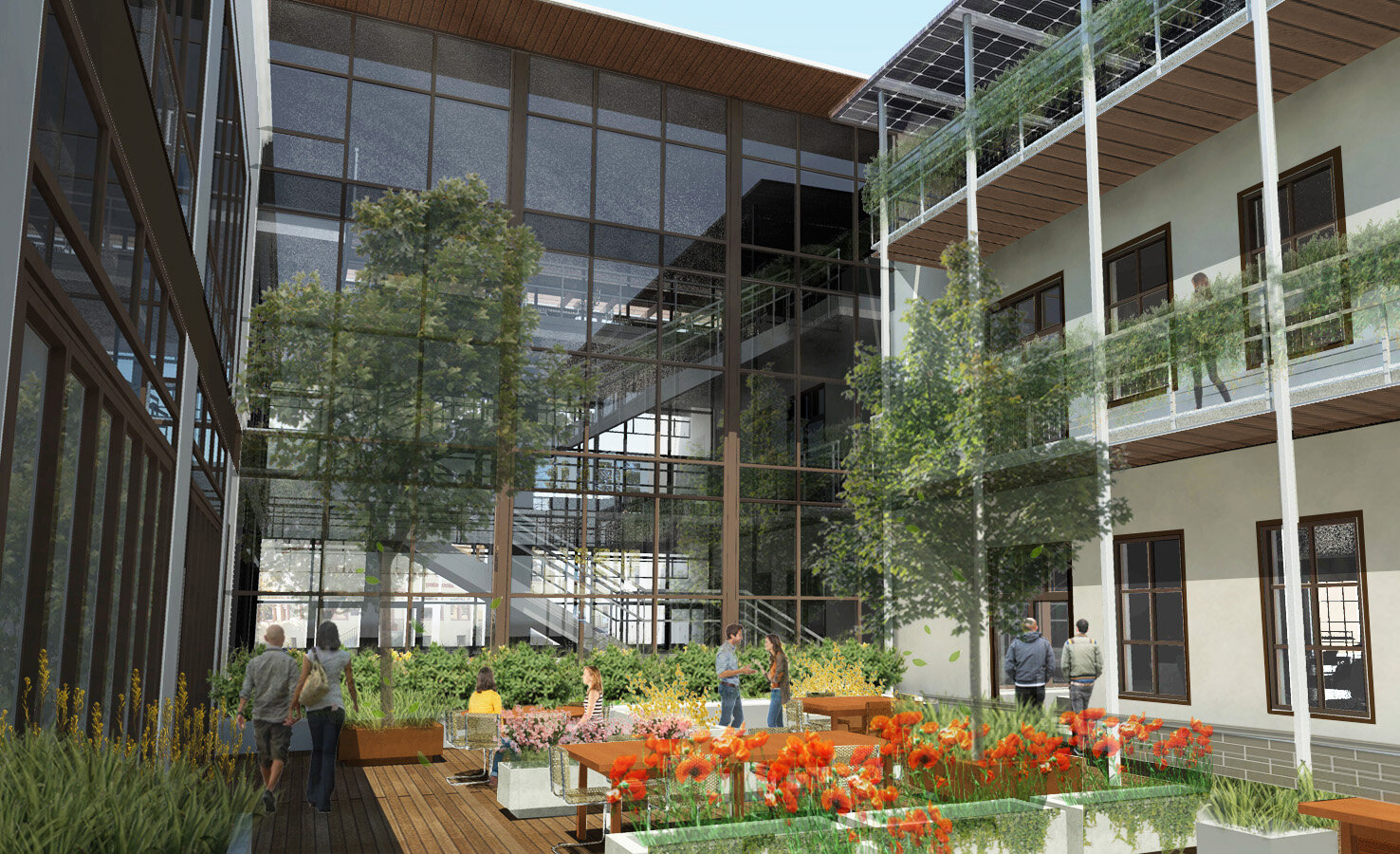
Patagonia Office Design
Vision
Our Basis of Motivation
Collaborative – collaboration is the fundamental tenet of our design process. Recognizing that great ideas have multiple sources, we engage clients, colleagues, and the community in open discourse.
Holistic – we challenge ourselves to create projects that are sensitive to the cultural, natural, and technological elements of which the completed project will be a part.
Innovation – we live in a world where long-standing limitations are being overcome by expanding understanding and technology. As designers, we carefully investigate which innovations can best support passive strategies to achieve high-performance buildings.
Tradition – master craftsmen in the building community have a wealth of knowledge developed over centuries; we draw upon the elegance and simplicity of these vernacular solutions in our designs.
Contextually appropriate design – context is the primary lens through which we view design decisions. We see architecture fundamentally as rooted in place; all aspects including climate, biology, community, ecology, and colors inform and enrich each other.
Quality of place – the places we create have the power to nurture, complement, and advance the larger quality of place.
Thriving communities – we see design as a powerful tool in the support of thriving communities, and we envision a future in which the built environment supports communities that extend beyond the human-made.
“Through a collaborative and holistic approach, we combine innovation with the traditions of contextually appropriate design to advance the quality of place and cultivate thriving communities.”
Areas of Inquiry
A guide for evolution of practice
1. OPERATIONAL EXCELLENCE
2. CLIENT ENGAGEMENT
3. PROJECT APPROACH
4. KNOWLEDGE DEVELOPMENT
5. TRANSFORMATIVE DISCUSSION
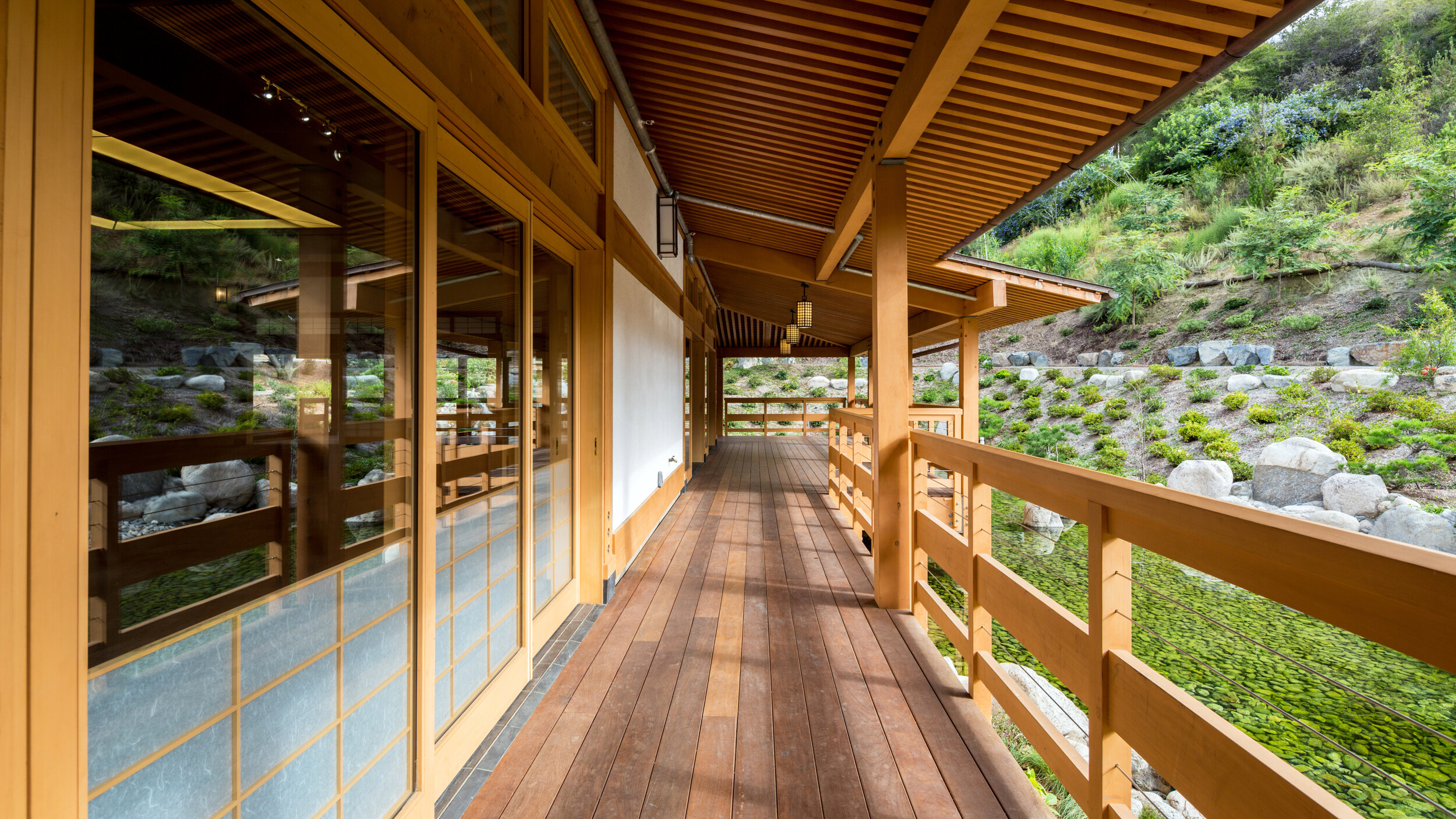
Japanese Friendship Garden, Balboa Park
Operational Excellence
1.1 What steps can we take to improve the environmental impact of office operations?
We strive to be conscious of our personal impact, which empowers us to make responsible choices in our daily lives. If we expect to be taken seriously as advocates of sustainable transformation, we must be willing to personally practice environmental responsibility.
Strategies:
Implement sustainability standards for purchasing environmentally friendly products.
Employ energy-saving strategies to shrink our total fuel consumption.
Practice conscious consumption, only using those resources necessary.
1.2 What operational improvements can we make to benefit our health and well-being?
When we ask this question, we are reminded of the value that we as individuals bring to our office and the value that is brought to clients’ projects when occupant health is prioritized.
Strategies:
Purchase consumable products and permanent finishes that promote better indoor air quality.
Encourage movement in the office.
Support healthy food choices.
Consider workplace ergonomics.
Maximize natural lighting.
Encourage a vibrant office culture
Santa Monica Rest Stops
1.3 How can we foster a culture of active and invested excitement about sustainable design and lifestyles?
We want to approach sustainability from a positive perspective. It can easily feel overwhelming when considering how to achieve positive environmental change, and we want to move forward with the conviction that our efforts make a difference.
Strategies:
Encourage attendance at green building conferences and sustainability summits.
Celebrate sustainable design achievements and milestones.
Share our achievements and knowledge with our community.
Promote discourse by encouraging inspirational interactions and events outside of the office




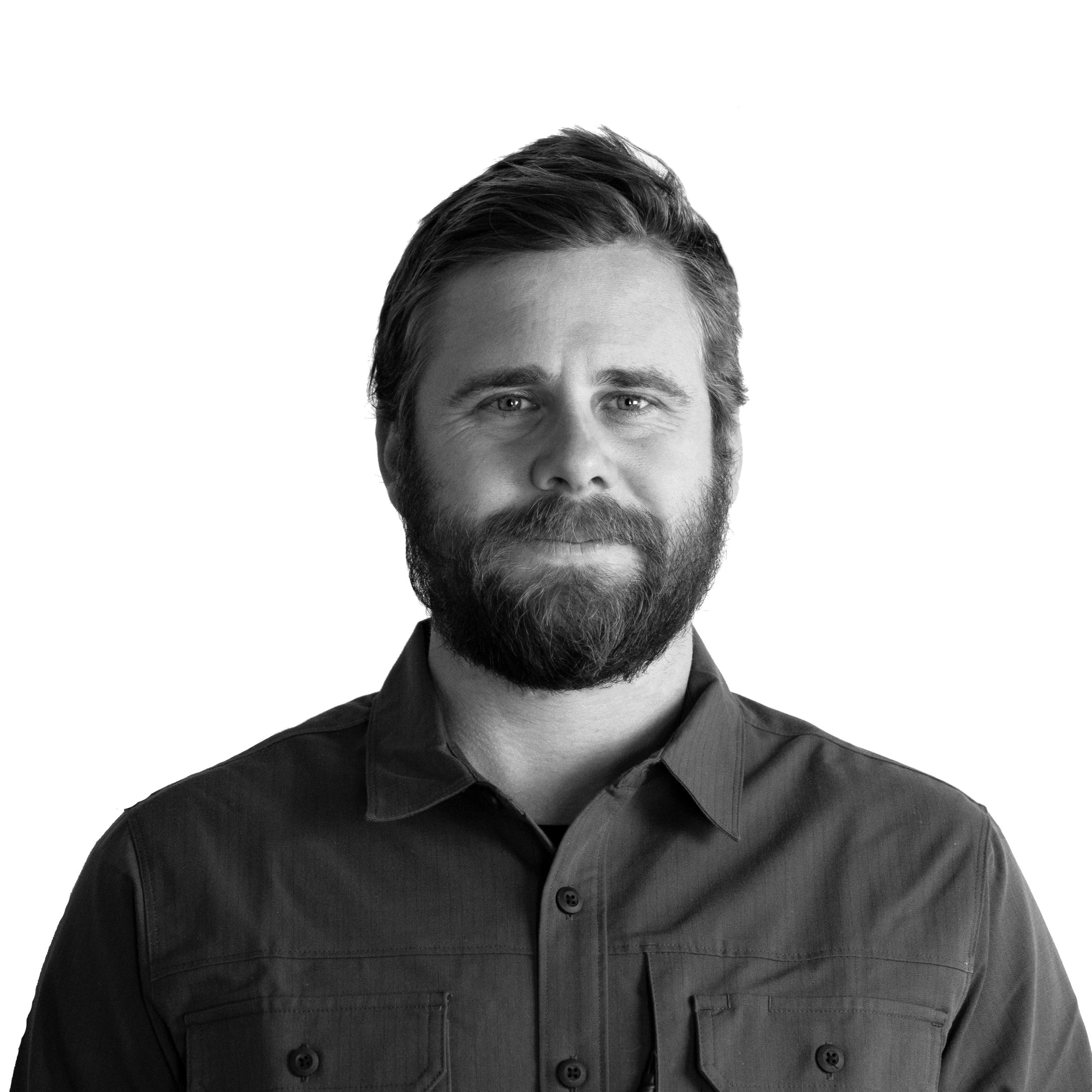



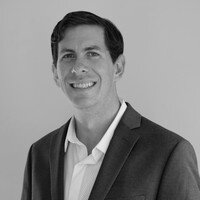
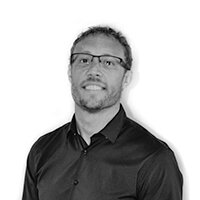




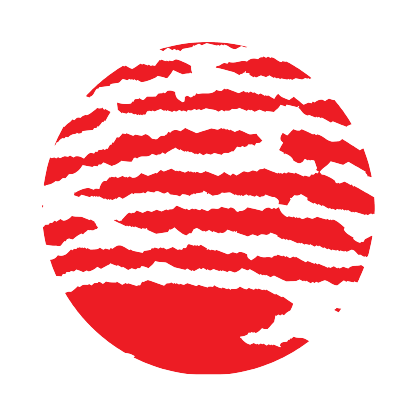









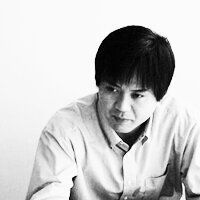

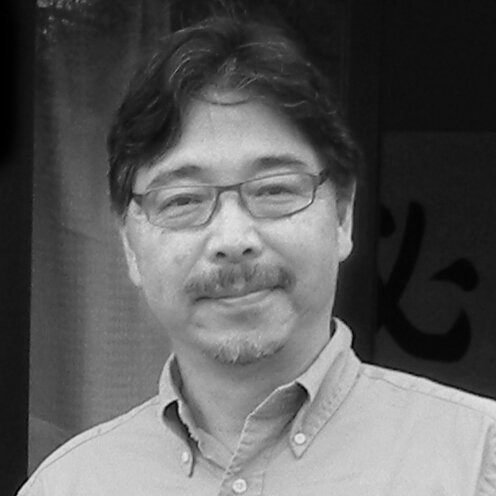








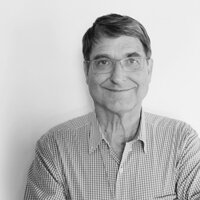





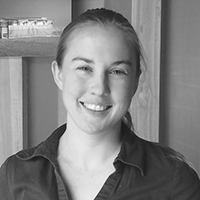
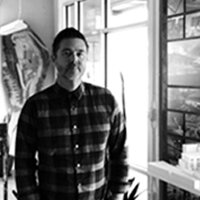

2. Client Engagement
2.1 How can we communicate the value of sustainable strategies to clients?
Some clients come to us with a strong commitment to sustainability. When clients are unaware of the benefits of sustainable design, effective communication of its value can be the most powerful tool to improve building performance. Informed clients make the best decisions, and we strive to provide them with current and relevant information.
Strategies:
Identify client values - consider sharing the economic, personal health, and social benefits of sustainable design.
Assemble client education materials to help clients make informed decisions based on life cycle value and carbon cycle impacts and other sustainability achievements.
Document project outcomes with input from previous clients, and utilize these case studies to showcase the opportunities available within the realm of sustainable design for future clients.
2.2 How can we encourage valuable feedback from clients after project completion?
The end-user is an incredibly important source of information about how a completed building is functioning. Knowledge of how building occupants use the space, the durability of materials, and ease of systems use and maintenance are extremely valuable to guide future efforts.
Strategies:
Maintain positive client relationships after completion of the project.
Request utility and maintenance data for use in analyzing predicted versus actual building performance.
Encourage the use of building performance tracking systems with remote data availability.
Conduct formal post-occupancy evaluations.
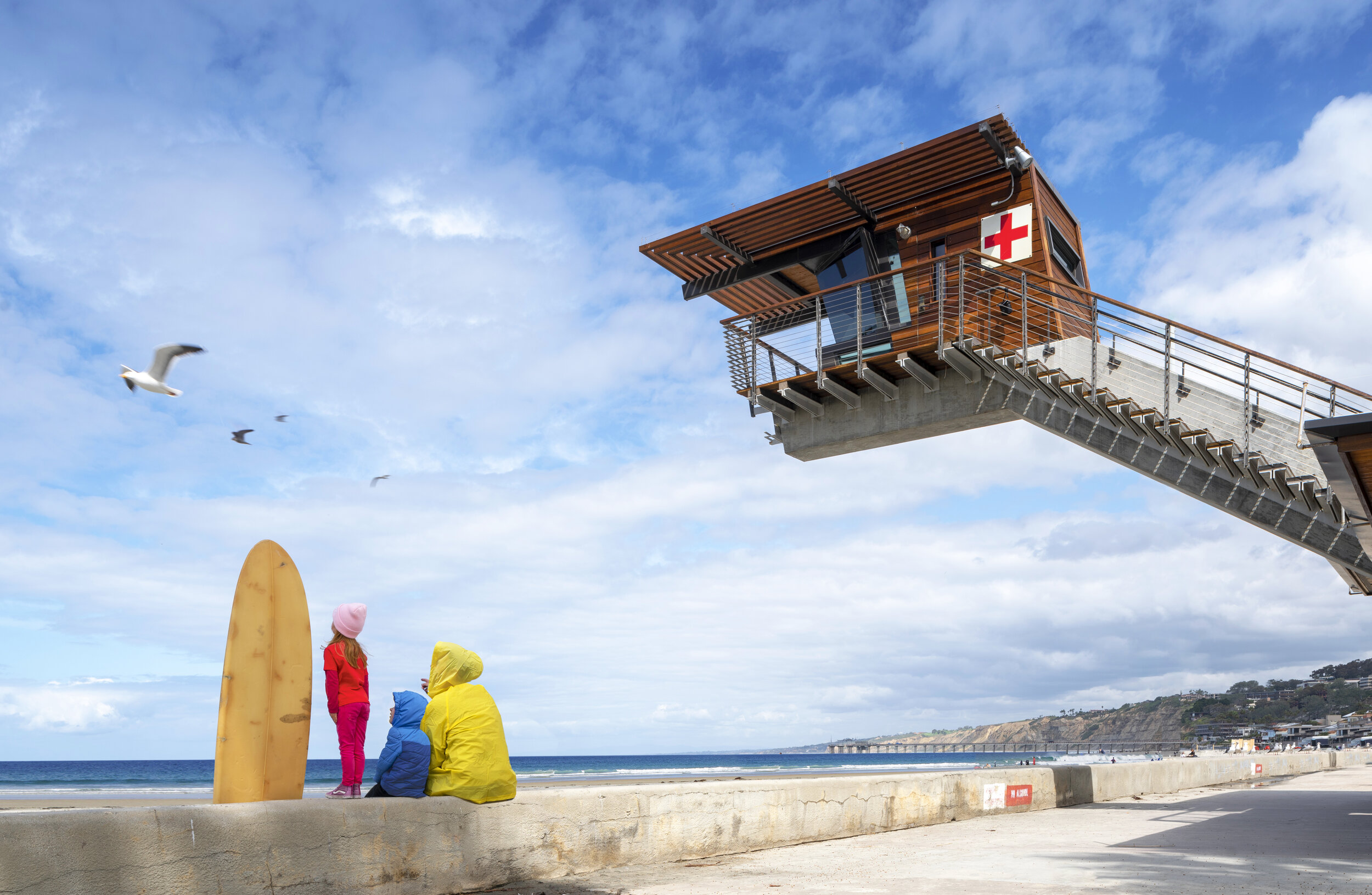
La Jolla Shores Lifeguard Station
3. Project Approach
3.1 What inspiration can we draw from Nature’s processes and designs that would contribute positively to the built environment?
Some of the best design principles and practices are based on natural systems that are the time-tested products of evolution. We examine the best ways to implement these previously proven strategies in the built environment.
Strategies:
There is no waste in nature; consider how materials and resources can fit into closed loop systems.
Natural processes can be considered in terms of synergistic communities and their relationships to each other. Corollary to this concept, several related communities often rely on the same resources. Therefore, we must consider each project in the context of its communities, including built environment, social, economic, and resource-based communities.
3.2 How can we quickly and effectively assess the appropriateness of strategies for current projects?
The work that is required to consider the appropriateness and value of numerous possible sustainable strategies creates an unconscious source of resistance that both we and our clients must overcome to deliver the best possible project.
Strategies:
Continually develop support materials to guide the design process.
Collect and curate evidence-based information related to sustainability strategies, such as microclimate data, comfort zone data, building science, and vernacular and modern examples of climatic design for various climate zones.
Encourage staff expertise in the study of passive solar design/control and ventilation strategies.
Maintain a database of past projects in an easily accessible and searchable format, including lessons learned.
The RNT Sustainability Small Group serves as a clearinghouse for sustainability-related knowledge and can help project teams to conduct sustainability analysis at key stages of each project.
Promote sharing of experience between staff.
3.3 How can current technology aid our sustainable design process?
Technology increasingly enables efficient coordination, optimization of building massing and envelope for minimal energy use, and streamlined fabrication for minimized waste.
Strategies:
Employ project management best practices for integrated project delivery, including frequent in-person or remote team meetings.
Perform early energy modeling, exploring several iterations during schematic design to determine optimal building massing, orientation, solar heat gain, and envelope assemblies for energy-efficient building operation.
Use shop fabricated components when feasible.
Ensure that passive strategies have been employed and vernacular building practices and materials have been considered, prior to applying technological solutions.
3.4 How can we move beyond sustainable design to regenerative design?
Our current generation has an opportunity to restore balance to natural systems, for the benefit of future generations.
Strategies:
Think in terms of cycles and connections outside the building envelope. Employ life cycle analysis in the selection of materials and systems.
Look to vernacular architecture for inspiration – the past design was by default sustainable/regenerative, and perhaps more supportive of the visceral human experience.
Develop and employ best practices for sustainable project achievements – independent from client program requirements. Adjust best practices as techniques improve.
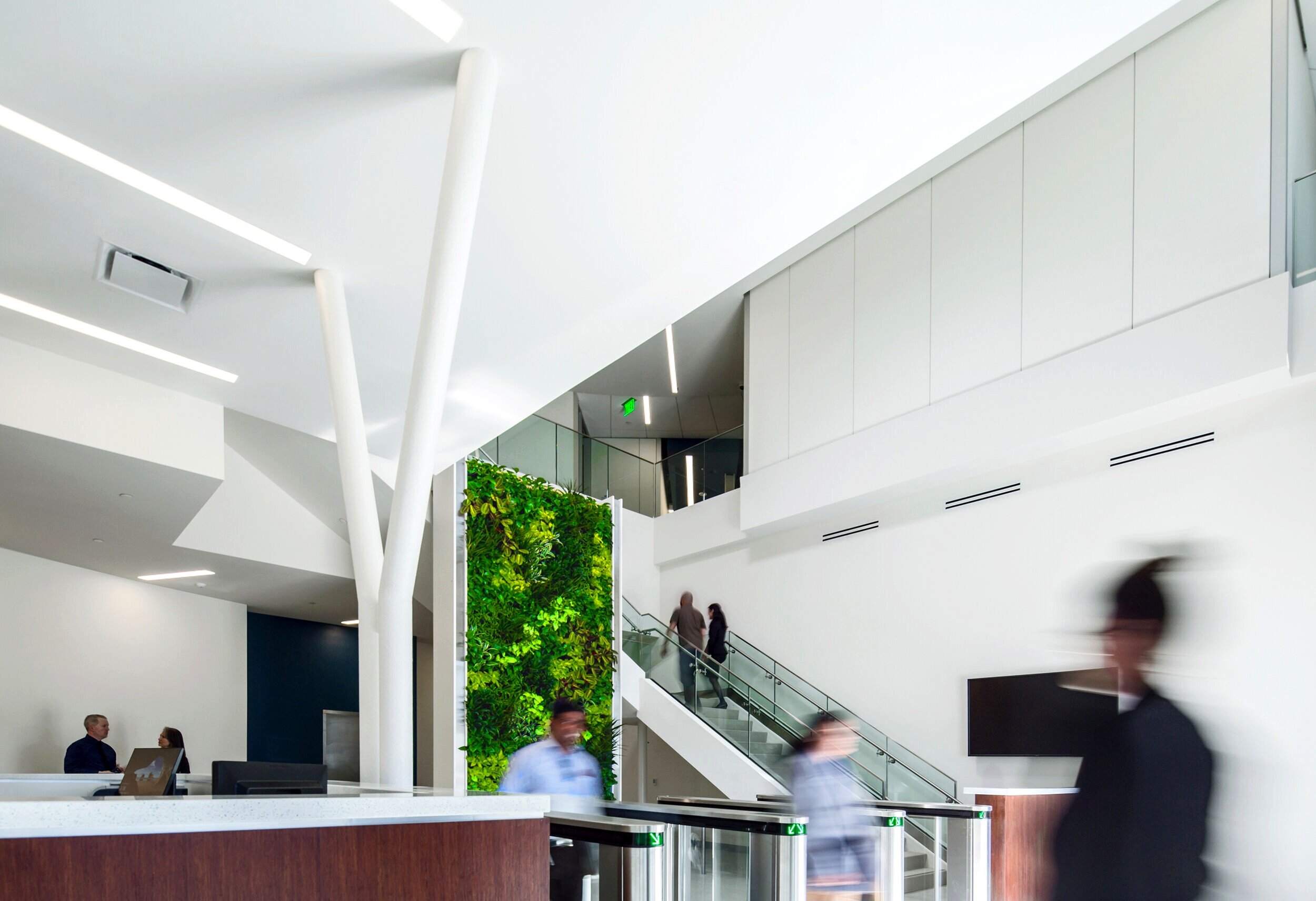
Confidential Utilities Client Office
4. Knowledge Development
4.1 How can we foster a culture of continual learning?
Sustainability is a constantly evolving field of research, with new products and processes continually emerging. We must remain open and comfortable with updating our knowledge and techniques as appropriate.
Strategies:
Foster connections with knowledgeable industry and product representatives.
Foster connections with clients, colleagues, and consultants who are willing to exchange knowledge.
Include sustainability information in the product library.
Encourage employee attendance at symposiums, conferences, etc.
Share past and current project experiences so that the entire firm can learn from each project.
4.2 How can we document our growing collective knowledge and access and share with ease?
Each of our employees has valuable knowledge and experience developed over years working in the field. Documenting and sharing our wealth of collective knowledge is key to leveraging it effectively on future projects.
Strategies:
Develop a workflow that includes documentation of project strategies, successes, and failures at key project milestones.
Maintain data on current and past projects, including products and strategies used, and results achieved.
Facilitate connections between current project teams and resources that can aid decision-making with regard to sustainability strategies.
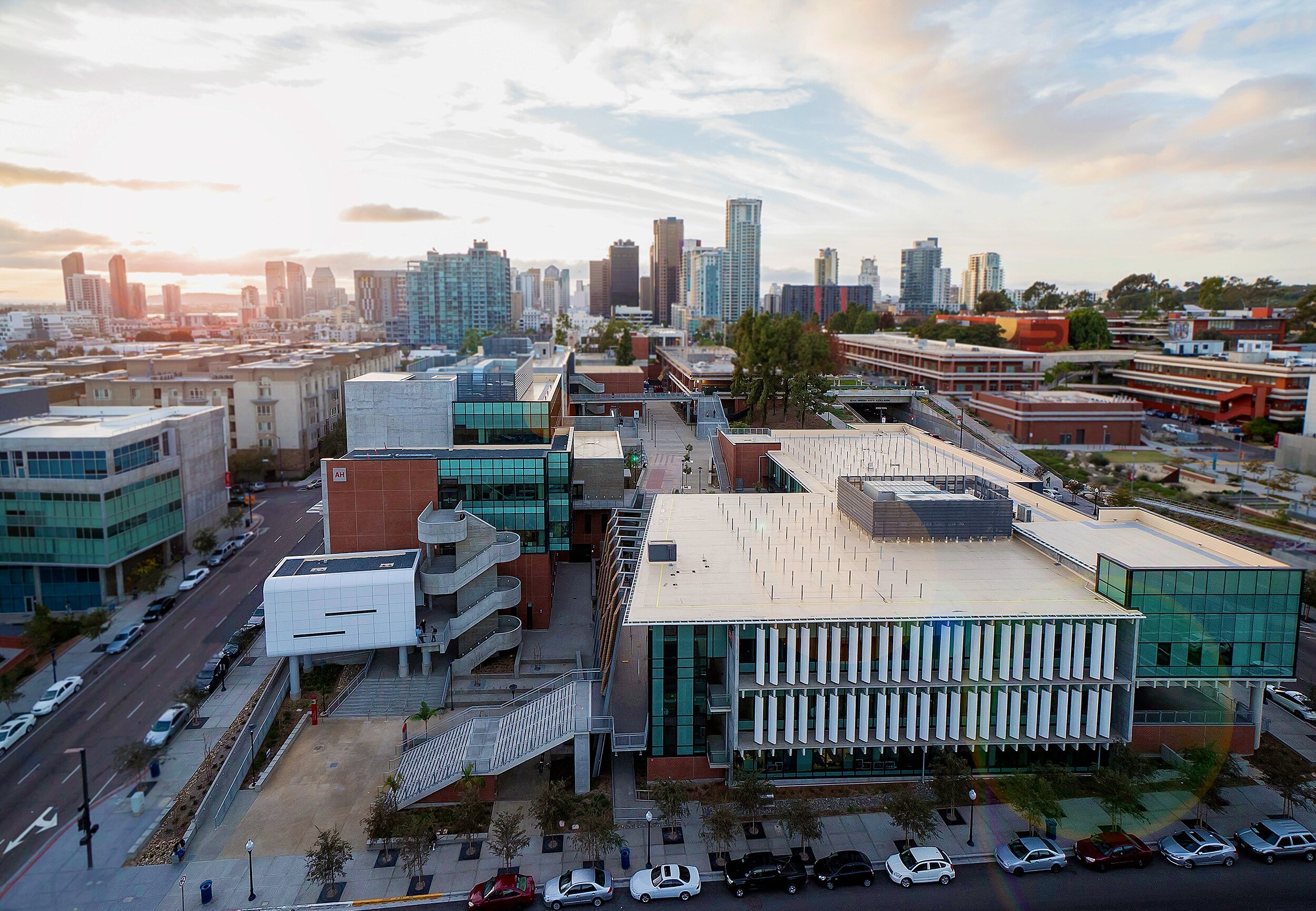
San Diego City College Southeast Expansion
5. Transformative Discussion
5.1 How can we advance the discussion of sustainability within the architecture profession?
In addition to educating ourselves regarding current sustainability methods, we want to participate in discussions that will guide our profession’s understanding of sustainability into the future.
Strategies:
Maintain involvement in the academic community.
Participate in professional discussions via both attendance and presentations at conferences.
5.2 How can we advance the discussion of architecture’s role within the context of the community and the larger natural and built environment?
As architects, we want to cultivate thriving communities. Thus, it is important to discuss sustainability and design holistically, not only within our profession. By engaging with professionals and community members outside of our typical spheres, we can trade knowledge and ideas to our mutual benefit, creating new synergies.
Strategies:
Participate in dialogue with members of professions and communities that we would not come into contact with the normal course of business.
Encourage employees to get out of their comfort zone with the goal of gaining a greater understanding of human needs and perceptions.
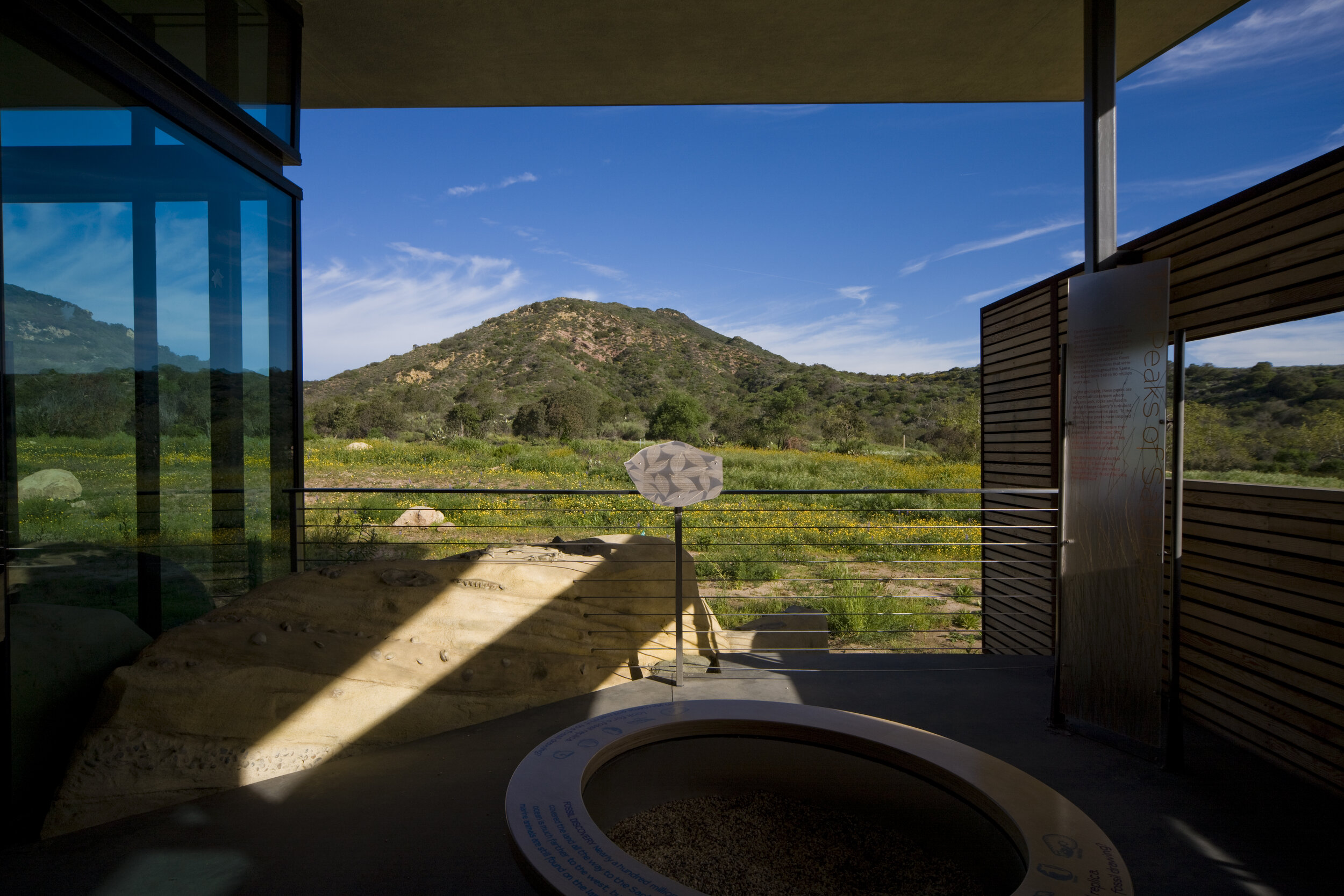
Nix Nature Center
Looking Ahead
Progression toward a
promising future
Implementation of this sustainability plan will be an ongoing responsibility, struggle, and joy. The nature of innovation demands continual improvement. We are dedicated to establishing and maintaining the processes and programs that will support this progress, enabling us to evaluate, benchmark, and cultivate our practice.
As designers, we have both the power and the opportunity to have a positive impact on our world.
We hope that you look forward to building this future with as much anticipation as we do.
